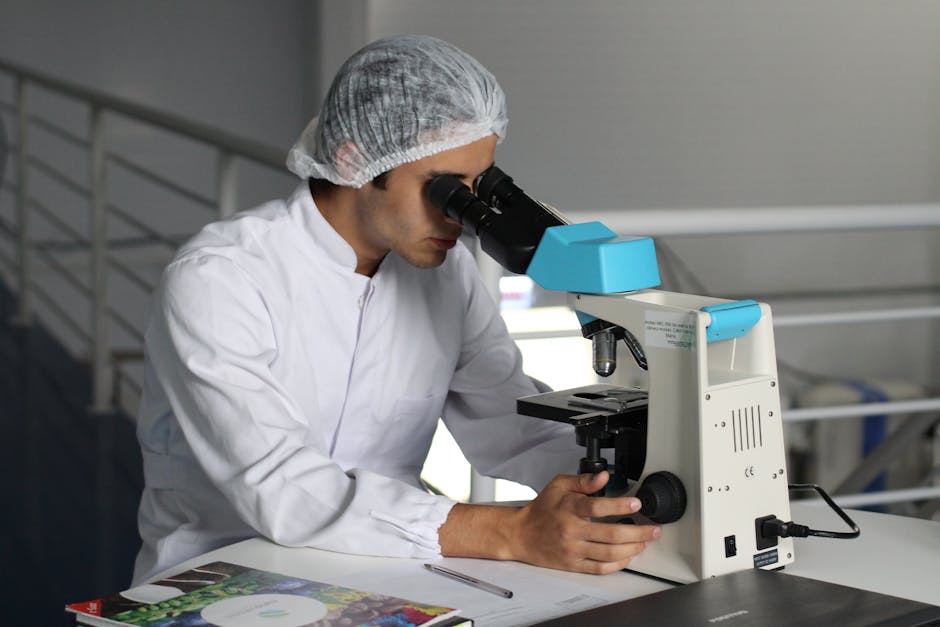Anyone who’s suffered a cartilage injury knows it can be as frustrating as it is painful. One minute you’re enjoying an active life and the next you’re sidelined and unable to move like you once did. And while traditional treatments like physiotherapy, anti-inflammatories, and even surgery may help, they don’t address the root cause of your condition: damaged cartilage that simply won’t heal on its own.
Advancements in regenerative medicine—particularly stem cell therapy—now offer an alternative to traditional treatments that does address the root causes of torn or damaged cartilage and supports the body’s natural healing process.
London Cartilage Clinic, which is at the forefront of stem cell therapy for torn cartilage repair, reports the intervention has yielded extraordinary outcomes due to its potential to regenerate damaged tissue.
Understanding Cartilage Injuries
Cartilage is the smooth, rubbery tissue that cushions joints and allows bones to glide over one another without painful friction. Because it lacks its own blood supply, when cartilage is torn, either through injury or degeneration, it doesn’t heal easily. This can lead to chronic pain, inflammation, stiffness, and loss of movement.
Torn cartilage has traditionally been treated through a combination of medication, rest, or surgery. But surgical procedures such as microfracture or cartilage grafting can be invasive and come with long recovery periods. As researchers continue to explore less disruptive methods, stem cell injections have emerged as a promising alternative.
What Stem Cell Injections Do
Stem cell therapy involves extracting mesenchymal stem cells (MSCs) from a patient’s own fat tissue or bone marrow, and injecting them directly into the site of the cartilage injury. These cells are known for their ability to transform into different types of tissue, including chondrocytes, the specialised cells that form cartilage.
Once inside the joint, MSCs not only support the growth of new cartilage but also reduce inflammation and secrete growth factors that promote healing. Because the treatment is minimally invasive and uses the patient’s own cells, the risk of rejection is low, and recovery times tend to be shorter than surgical approaches.
A Minimally Invasive Option with Maximum Potential
While not a universal solution, stem cell therapy offers new hope for patients seeking alternatives to surgery. Early results suggest improved joint function, decreased pain, and slower disease progression in conditions like osteoarthritis, sports-related injuries, and cartilage degeneration.
As the science continues to evolve, more specialists within the medical community are turning to regenerative techniques like stem cell injections to treat joint pain at its source.
While traditional treatments merely mask symptoms to provide relief, this solution aims to promote cartilage regeneration and restoration, offering a promising option for those eager to return to the active life they’re accustomed to enjoying.



Comments are closed.